New Zealand earthquake: Two dead following powerful tremor
- Published
New Zealand earthquake: 'The house started to shake'
A powerful magnitude-7.8 earthquake has struck New Zealand's South Island, killing at least two people.
The quake hit just after midnight on Monday (11:02 GMT on Sunday), north-east of Christchurch.
It was felt as far afield as the capital Wellington on the North Island, 120 miles (200km) away.
A tsunami arrived about two hours later. Officials warned everyone along the eastern coast to head inland or for higher ground.
Police said one person died in the town of Kaikoura on the eastern coast, which has been cut off by road and where electric power is out and phones are down.
Another died in Mount Lyford, a ski resort nearby. It is not yet clear how they were killed.
Tsunami waves
A gauge at Kaikoura, 181 km (112 miles) north of Christchurch, measured a wave of 2.5m (8ft 2ins) in the early hours of the morning, according to Weatherwatch.co.nz, external.
At one point, the ministry of civil defence suggested tsunami waves as tall as five metres could hit the eastern coast.
But just after 08:00 local time (19:00 GMT), the warning was scaled back to a "marine and beach threat" with waves of just one metre along a small stretch of coast.
Aftershocks continued throughout Monday morning. Many schools and offices stayed closed while engineers checked the buildings, and ferries and trains were cancelled.
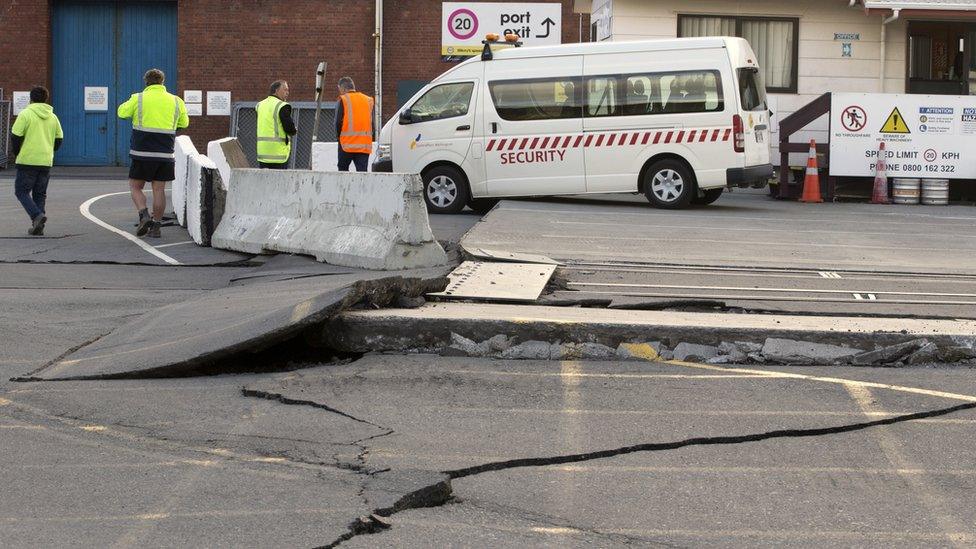
As the sun rose, damage from the earthquake became apparent
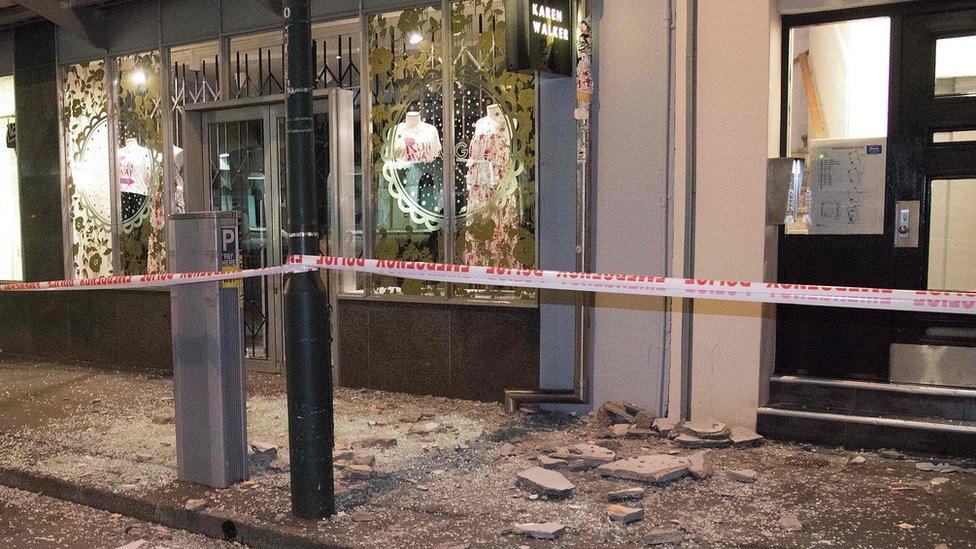
The earthquake was felt across large swathes of New Zealand, including Wellington (aftermath pictured)
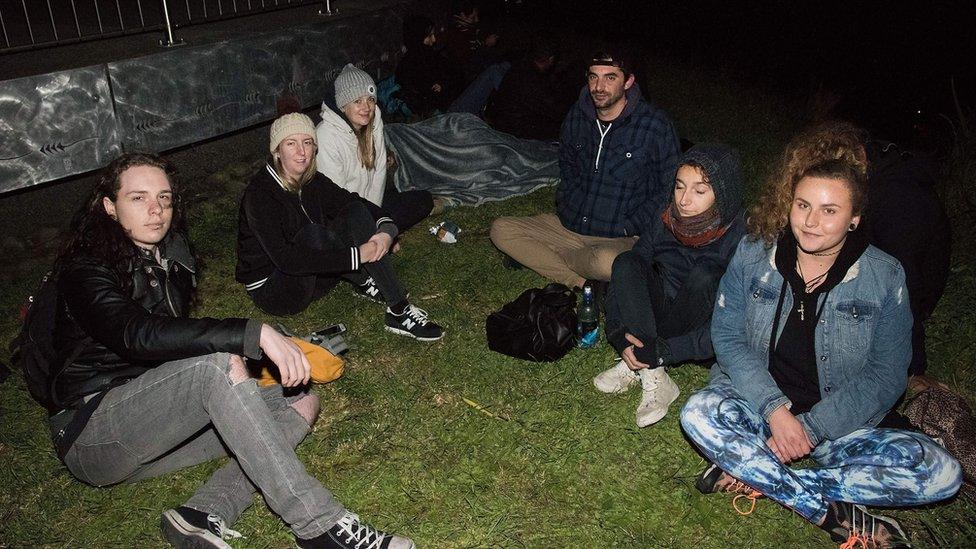
People gathered overnight on on Mt Victoria, the highest hill in Wellington
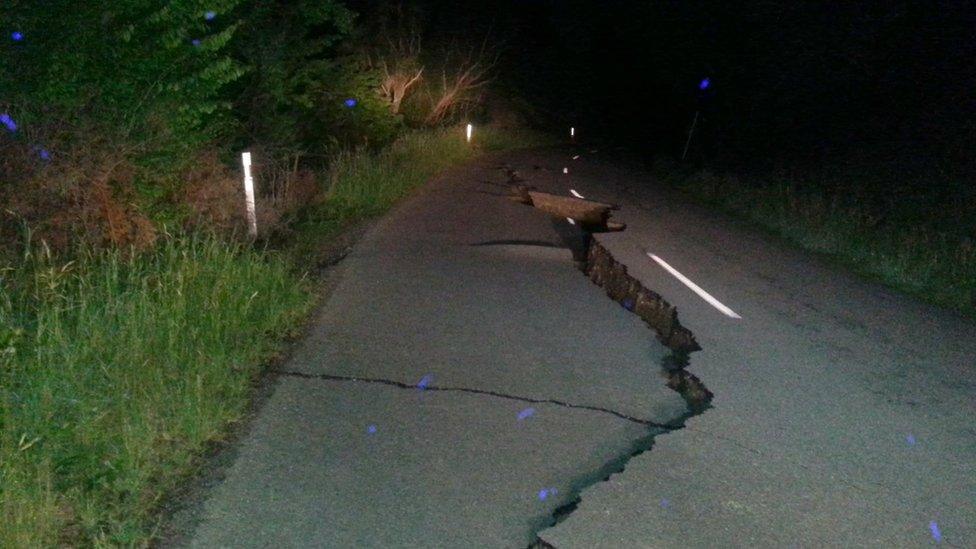
A number of roads have been damaged, including this one two hours north of Christchurch
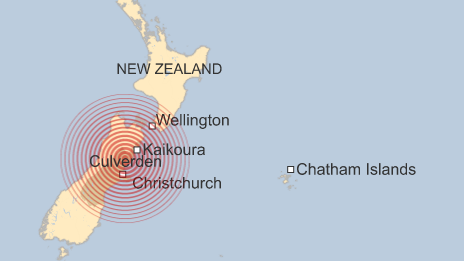
Culverden and Kaikoura are thought to be the worst affected areas
Speaking to reporters in the capital Wellington on Monday, Prime Minister John Key said there had been very little communication from the most affected areas, like Kaikoura and Culverden.
"We don't have any indications at the moment to believe [the death toll] will rise, but we can't rule that out," Mr Key said, adding that a military helicopter was being dispatched to Kaikoura.
Aerial images show tunnels along the coastal highway close to Kaikoura, a popular tourist destination, covered by a landslide. Other pictures of the devastated area show at least one collapsed home.
UK man slept as earthquake hit
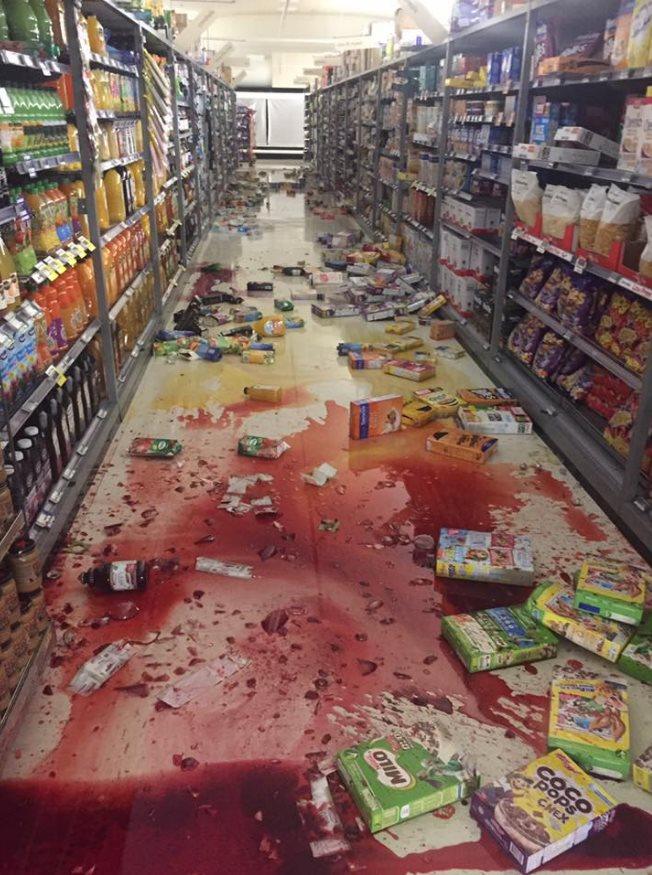
Aftershocks continue to rock New Zealand
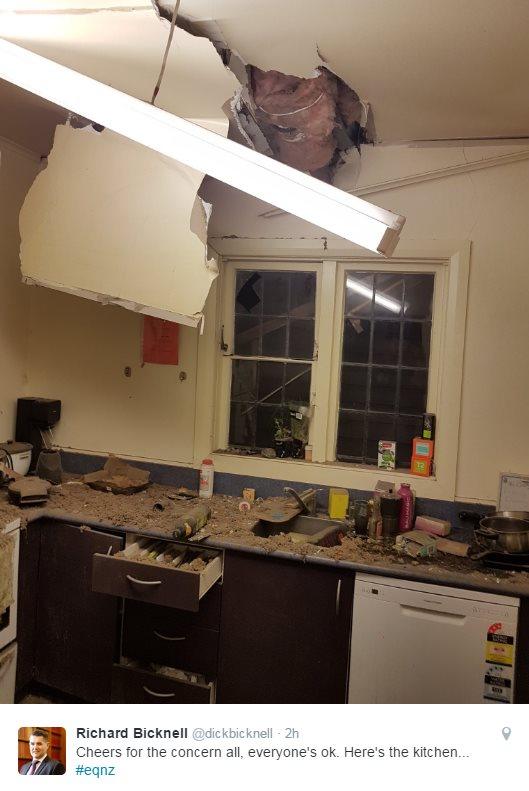
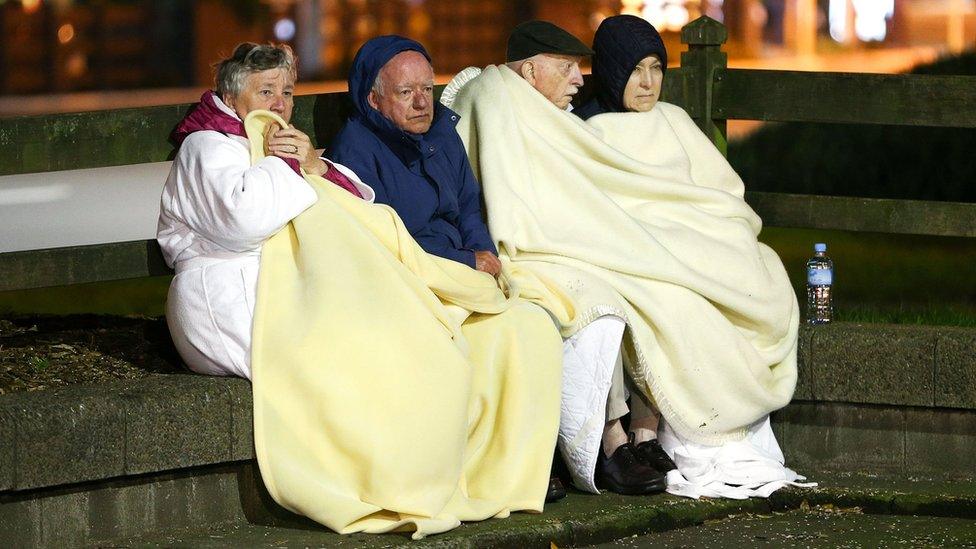
People are remaining outside as tremors continue
New Zealanders are used to earthquakes. The country lies on the notorious Ring of Fire, the line of frequent quakes and volcanic eruptions that circles virtually the entire Pacific rim.
Christchurch is still recovering from a 2011 earthquake that killed 185 people and destroyed the city centre.
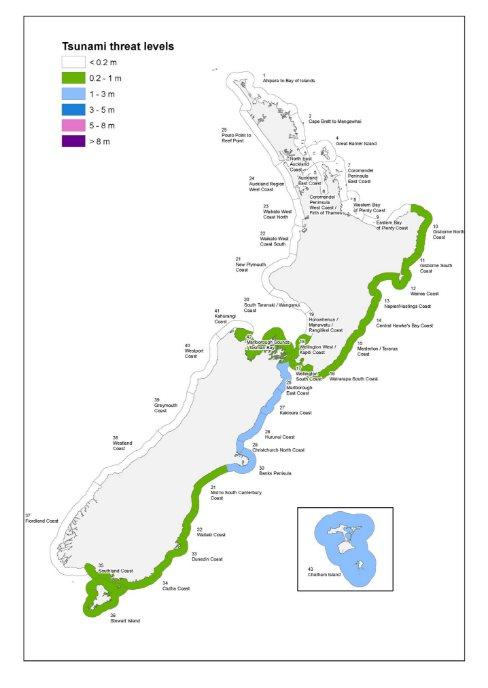
A resident of Christchurch said the tremor lasted a "long" time.
"We were asleep and woken to the house shaking, it kept going and going and felt like it was going to build up," she told AFP news agency.
On Twitter, Hayley Colgan described it as "the most terrifying earthquake I think I've felt in my 23 years in New Zealand".
A magnitude-7.1 quake struck 169km (105 miles) north-east of Gisborne on the North Island in September, sparking a tsunami warning. It caused some damage to property, but no injuries.
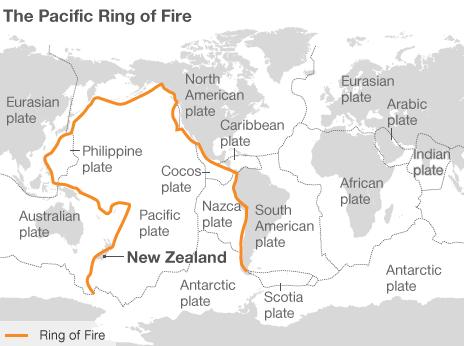

Are you in New Zealand? Email haveyoursay@bbc.co.uk, external with your experience of the earthquake.
Please include a contact number if you are willing to speak to a BBC journalist. You can also contact us in the following ways:
WhatsApp: +44 7525 900971
Tweet: @BBC_HaveYourSay, external
Send pictures/video to yourpics@bbc.co.uk, external
Send an SMS or MMS to 61124 or +44 7624 800 100
- Published9 September 2015